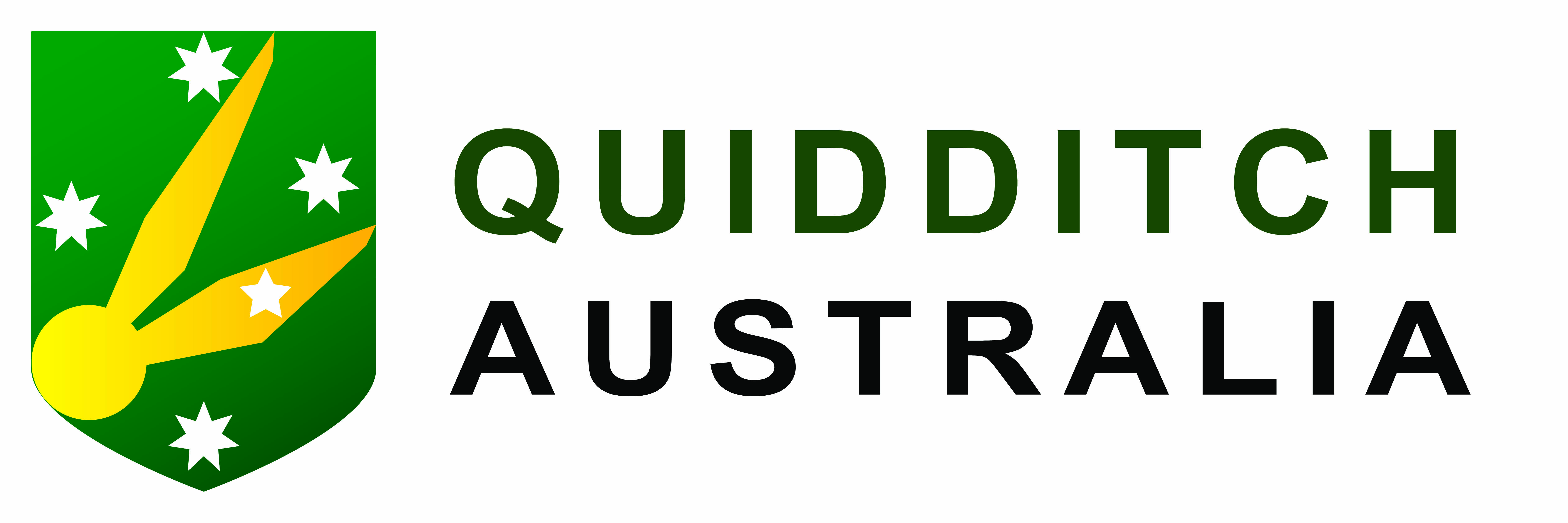Hazardous Air Policy – QUAFL 2019
Due to the poor air quality in NSW in the past several weeks, Quidditch Australia has assembled a policy in the case of poor air quality in the case of QUAFL 2019 – the National Championships, currently set to be held in Kayess Park, Minto.
This policy is available via the download link below, but is also elaborated on in this page for convenience.
This policy is designed to protect the health and safety of players in the event of hazardous air quality. High levels of airborne pollutants, ground level ozone, other dangerous gases, but especially particles, can be dangerous, particularly to more vulnerable players such as asthmatics, and anyone else with heart, lung, or respiratory issues. Dangers can be compounded when playing intense sports such as quidditch, where active participants and vocal spectators will be inhaling at higher rates than at rest, breathing is deeper so more parts of the lungs can be affected, and breathing is typically through the mouth, bypassing natural air filtration systems in the nasal cavity. The Air Quality Index (AQI) provides a comparison of air pollutants, standardising measurements into a composite index scale, which will be referred to in this policy.
Quidditch Australia’s policy is based off policies of other sporting associations in Australia and internationally, and designed to be in line with our existing extreme weather policies, such as the extreme heat policy.
While this policy is designed to help protect player safety, it is not designed to stand as a replacement for awareness of the health risks of playing with hazardous air quality, which can be different for different individuals, and does not stop players and teams from making their own decisions about what is best for them, in their circumstances.
Resources are also included at the end of this page and in the policy document to help players inform themselves of the risks of playing in poor air quality, what individuals are particularly at risk, what the warning signs are, and how to mitigate personal risk. Given the poor conditions in NSW this past month, and likely poor conditions over the weekend, it is strongly advised that all players and especially team captains/managers/leadership familiarise themselves with this.
(1) Actions to be taken at incrementally higher AQI levels are as follows:

(2) The Hazardous Air Quality Policy may be implemented in two levels:
2.1. Level 1 – The Policy is invoked 10 minutes into the game with a first stoppage of play as per the procedure outlined, and this is repeated every 15 minutes following.
2.2. Level 2 – The Policy is invoked 10 minutes into the game with a first stoppage of play as per the procedure outlined, and this is repeated every 10 minutes following.
(3) Invoking the Hazardous Air Quality Policy will work the same way as for invoking the Extreme Heat Policy. Briefly, in a game, the following procedures are to be followed:
1. The Head Referee calls a stoppage of play at a point where it is convenient to do so (i.e. no balls are being actively contested).
2. Players are to leave balls and brooms on field as per a time out.
3. Stoppage of play will last for 5 minutes to give players a chance to rest.
4. Play will restart after 5 minutes have elapsed, as per a time out, with all players in position where they stopped and balls starting where they were before stoppage.
(4) In the event of high AQI levels being forecast ahead of the event, the following actions may be taken on the evening beforehand, to maximise fairness between games:

Please note that all avenues to conveniently relocate QUAFL in the event of severely hazardous air quality will be exhausted before the event is cancelled. The tournament committee is currently making arrangements for alternative locations around Sydney and Wollongong as back up fields, however, the situation is hard to predict. We appreciate your patience in this matter.
Ultimately, primary responsibility for the safety and wellbeing of each athlete rests with the athlete or, in the case of junior athletes, with the athlete’s parents, coach, club or school.
Different individuals may respond very differently to levels of AQI, based on their sensitivity to poor air quality, and should take care to be aware of their own potential vulnerabilities, and act accordingly.
Players should also make the effort to educate themselves of the potential short and long term risks of high intake of particle pollutants (such as smoke), to help inform their own decisions about whether or not they wish to play. Additional resources are provided below.
Additional resources:
2019 QA Gameplay Policy (Extreme Heat Policy on Page 20): http://www.quidditch.info/wp-content/uploads/2019/03/QA-Gameplay-Policies-2019.pdf
Air Quality Overview from NSW Health (Recommended For All Team Leadership): https://www.health.nsw.gov.au/environment/air/Pages/default.aspx
More information and AQI forecasting in NSW: https://www.environment.nsw.gov.au/topics/air/current-air-quality/air-quality-index-values
Football NSW Air Quality Warning: https://footballnsw.com.au/2019/11/21/air-quality-warning-tuesdayy-19-november-2019/
NCAA Air Quality Recommendations: http://www.ncaa.org/sport-science-institute/air-quality
